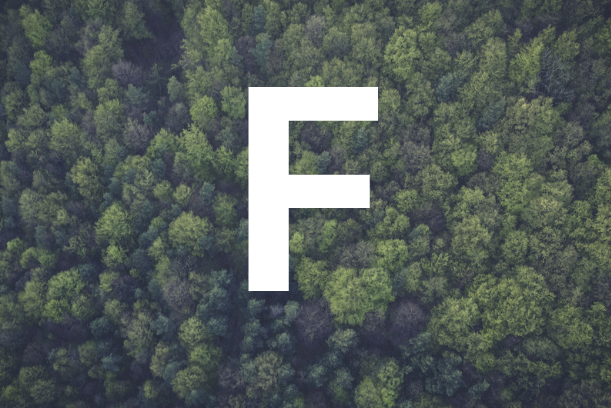F
Fiber Buckling – Visible enlargement of tissue on the down side of a tree stem. Represents the reaction of a stem to a heavy loading. It is normally safe except when coupled with bark defoliation from the top (tensile) part of the loaded stem.
Flush Cuts – Flush cuts are injurious because they remove the tree’s protection boundary that forms within the branch collar. Flush cuts not only destroy a tree’s major defense process by removing the tissues that produce the branch protection zone, but the flush cut leads to a reduction of energy reserves in the tissues about the wound (Shigo, Alex L. Modern Arboriculture. New Hampshire: Shigo and Trees, Associates, 1991. Print).
Fibrous Root System – System composed of profusely branched roots with many lateral rootlets, and often with no main taproot development.
Field Capacity (FC) – The percentage of water remaining in a soil 2 or 3 days after having been saturated and after free drainage has practically ceased.
Fill – In construction, adding soil to raise existing grade. Raising the soil grade around trees reduces the amount of gas exchange and results in reduced soil oxygen levels.
Fungi – Simple plants that lack a photosynthetic pigment. The individual cells have a nucleus surrounded by a membrane, and they may be linked together in long filaments called hyphae.
Fungicide – A chemical that kills fungi
Flush Cut – A pruning cut made inside the branch collar and branch bark ridge.
Frass – Chewed bark and wood resulting from beetle infestations.

